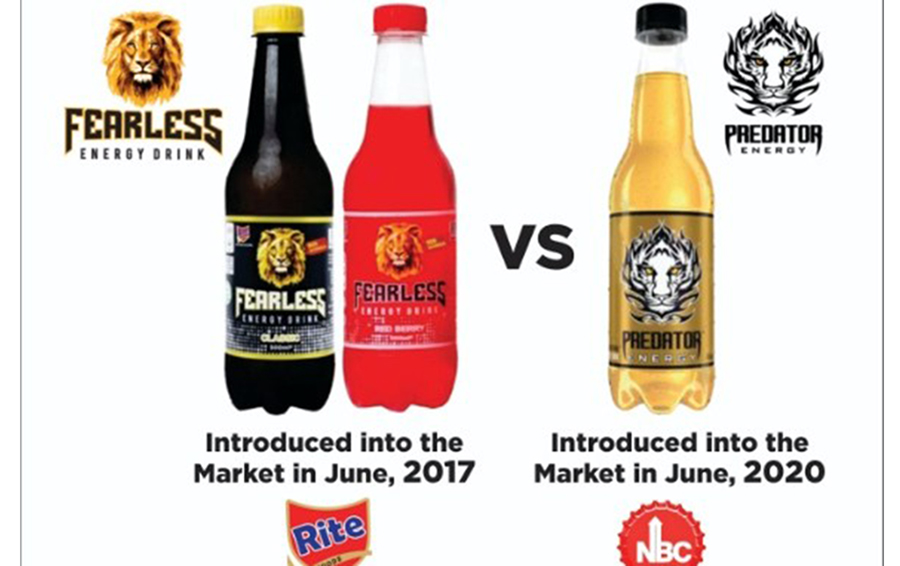…£9.7bn forecast for Q2 following Men’s Euros and snap General Election, with FY 2024 forecast up 7.7% to £39.4bn
The latest Advertising Association/WARC Expenditure Report shows UK ad spend increased 9.3% to £9.2bn during the first three months of 2024 – setting a new high for a first quarter period.
Data reveals this rise was almost three percentage points (pp) ahead of forecast, due to stronger-than-expected online growth, with online formats accounting for 79.7% of all UK spend in Q1 2024.
The new AA/WARC forecasts expect UK ad spend to rise 9.2% in Q2 (April to July) this year to reach £9.7bn, a result of increased spending around the Men’s Euros and snap General Election. This would equate to a rise of 9.3% during the first half of 2024, to a total of £18.9bn.
Expectations for both 2024 and 2025 have seen an uplift in the latest dataset. The UK advertising market is now expected to grow by 7.7% to reach £39.4bn this year, an upgrade of 1.9 percentage points (pp) since AA/WARC’s April forecast, owing to strong digital results and increased investment around Euro 2024. Overall, this year, channels expected to see a boost include Out of Home (+12.5%), Search (+10.1%) and Radio (+5.5%). Advertising spend on the Broadcaster Video On-Demand (BVOD) portion of TV is set to cross the £1bn threshold for the first time (an increase of 13.7%), driven by a strong summer of sport including demand from the Men’s Euros, and to a slightly lesser extent, the upcoming Olympics and Paralympics.
A further rise of 5.5% is expected in 2025, by when the UK’s advertising market is set to reach £41.6bn, an upgrade of 1.0pp from the April forecast.
The full picture in Q1 2024
The online advertising market had a strong quarter from January to March, with search (including retail media) up by 12.0% and online display (including social media) up 12.8%. The latest dataset shows a return to growth for cinema (+6.4%) and TV (+1.2%), with BVOD seeing a continued strong increase at 19.2%.
After allowing for inflation, real growth for adspend in Q1 stood at 5.5%, indicating the UK advertising market saw a healthy £465m of organic growth, as inflationary pressures eased year-on-year.
If we look at results at the topline category level, the data shows that products within the Consumables sector saw 16.1% growth in Q1 (including food & drink, cosmetics and household FMCG), with Services (including leisure & entertainment, media and transport) registering a rise of 8.9%. All other major categories posted year-on-year declines for the period, however.
Stephen Woodford, Chief Executive, Advertising Association said: “It is welcome news to see real-term growth and upgraded forecasts in the advertising market in Q1 this year, a positive sign that our industry is one of the driving factors in the UK’s economic recovery. This is a timely reminder of its dynamism as the new Government seeks to create an environment for growth, through political stability and a new industrial strategy. Advertising is a UK-wide industry, with three in five advertising jobs based outside of London and it is central to the successful development of the digital economy across the whole country.”
James McDonald, Director of Data, Intelligence & Forecasting, WARC said: “The race for AI adoption has intensified in the advertising industry, with major online platforms introducing their own solutions to market and subsequently reporting a positive contribution to their bottom line. The true impact of these tools will emerge in time, though first quarter results were certainly lifted by higher ad loads and associated performance costs online.
“That said, the enduring strength of legacy display media – chiefly TV, out of home, radio and cinema – was also evident in the first quarter, and we expect this to have sustained into the second due in part to short term stimuli such as the Men’s Euros and snap General Election. Overall, our outlook for the coming year is brighter than our last projection in April, with a forecast 7.7% rise in total ad spend this year ahead of the average rate recorded before the pandemic.”






Comment
No comments found.